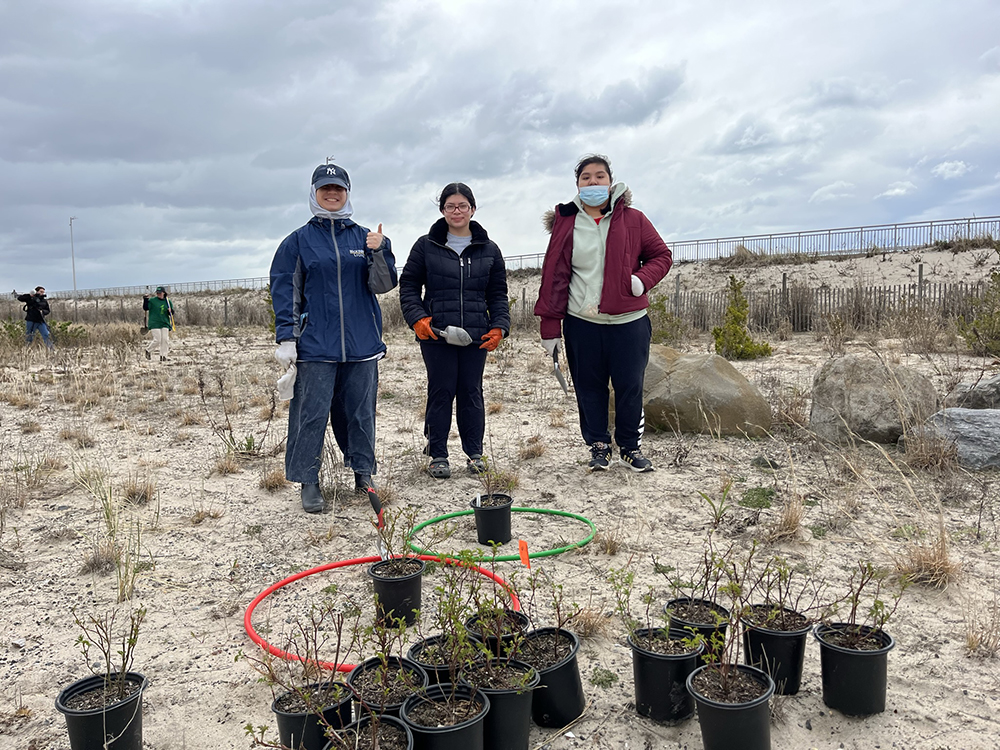More on Barrett’s
Dear Editor:
Dr. Galvin gave a nice overview of Barrett’s esophagus (9/29 Ask the Doc), a topic that’s been debated in our gastroenterology practices for many decades.
The discussion has escalated recently due to the five-to-seven-fold increase in cases of esophageal adenocarcinoma, for which Barrett’s esophagus remains a risk factor.
It’s estimated that 3 to 5% of United States residents have Barrett’s esophagus, yet many show no symptoms,
Overall, the risk for cancer in Barrett’s esophagus patients is .5 to 1% per year.
Unfortunately, the disease is associated with a 40 fold increase in risk for esophageal adenocarcinoma. The good news is that we now have clear guidelines on how to follow people with Barrett’s and much better therapeutic options.
Current guidelines recommend surveillance endoscopy in three to five years, as there is a relatively low risk for developing malignancy in those who do not have dysplasia on biopsies. Those with dysplasia on biopsy need follow up endoscopy in one year, and require daily PPI treatment.
We now are able to endoscopically resect the Barrett’s epithelium or alternatively ablate the Barrett’s epithelium with argon plasma coagulation. These procedures have, for the most part, replaced the need for surgical resection.
William Erber MD


